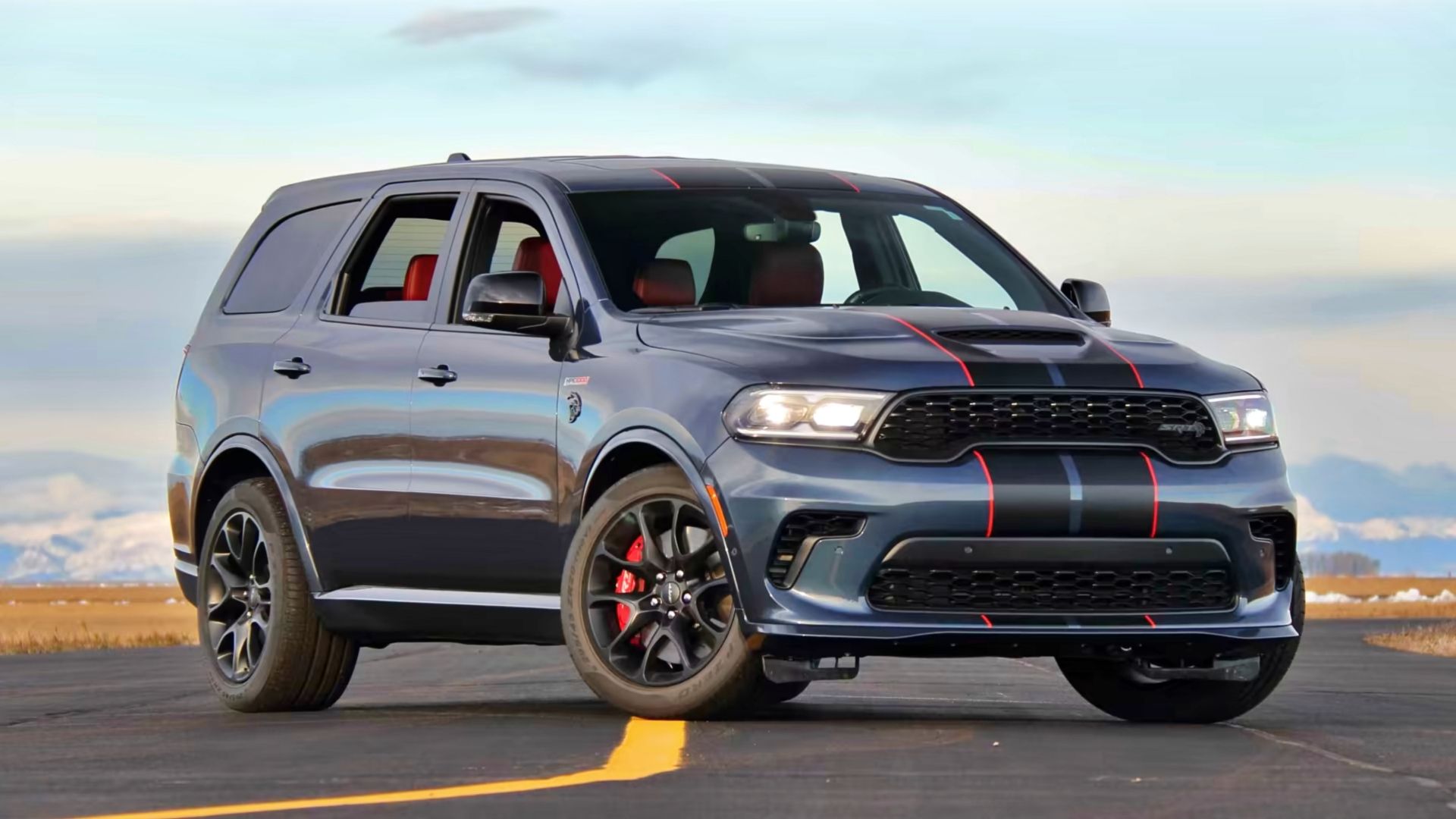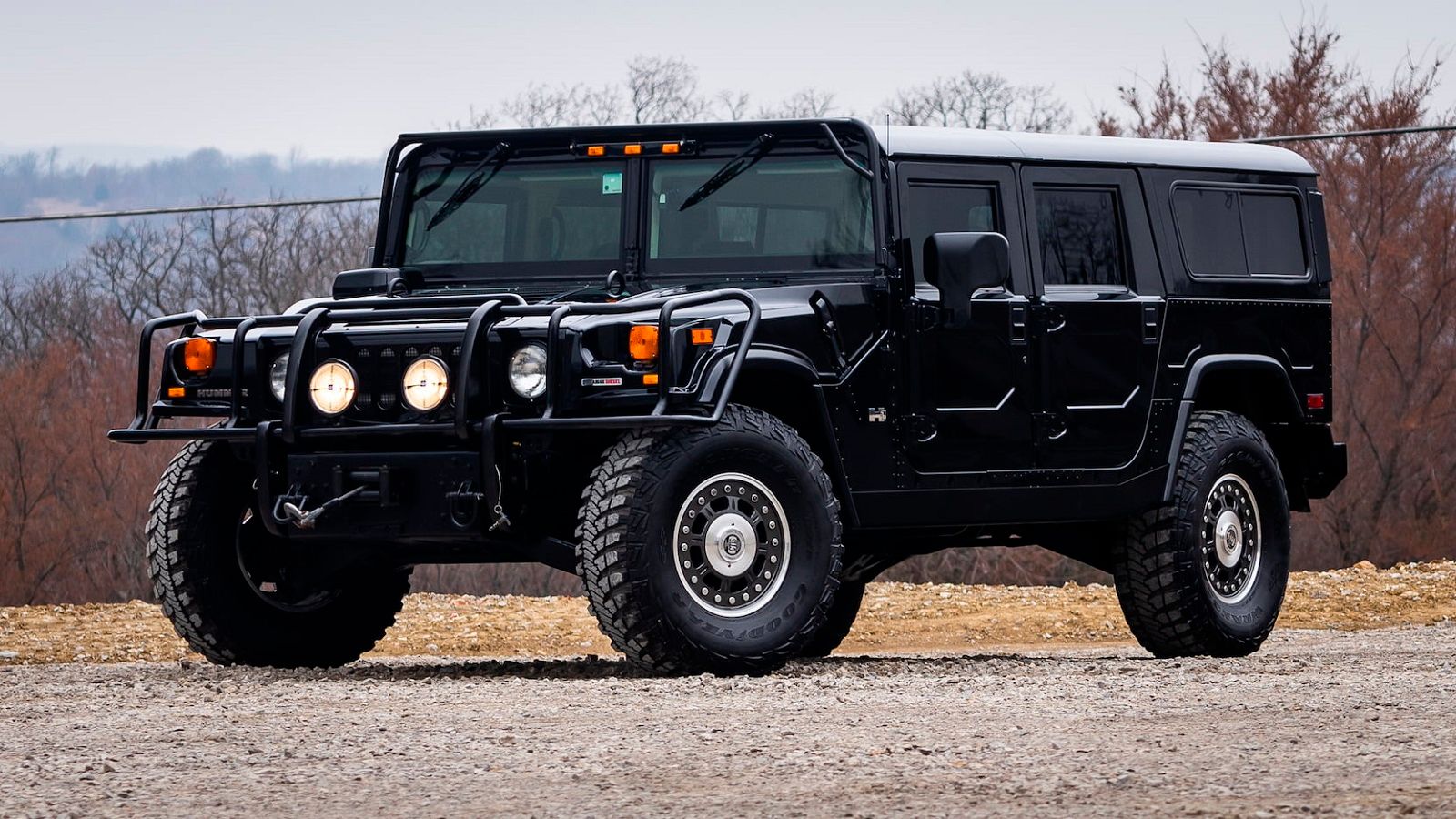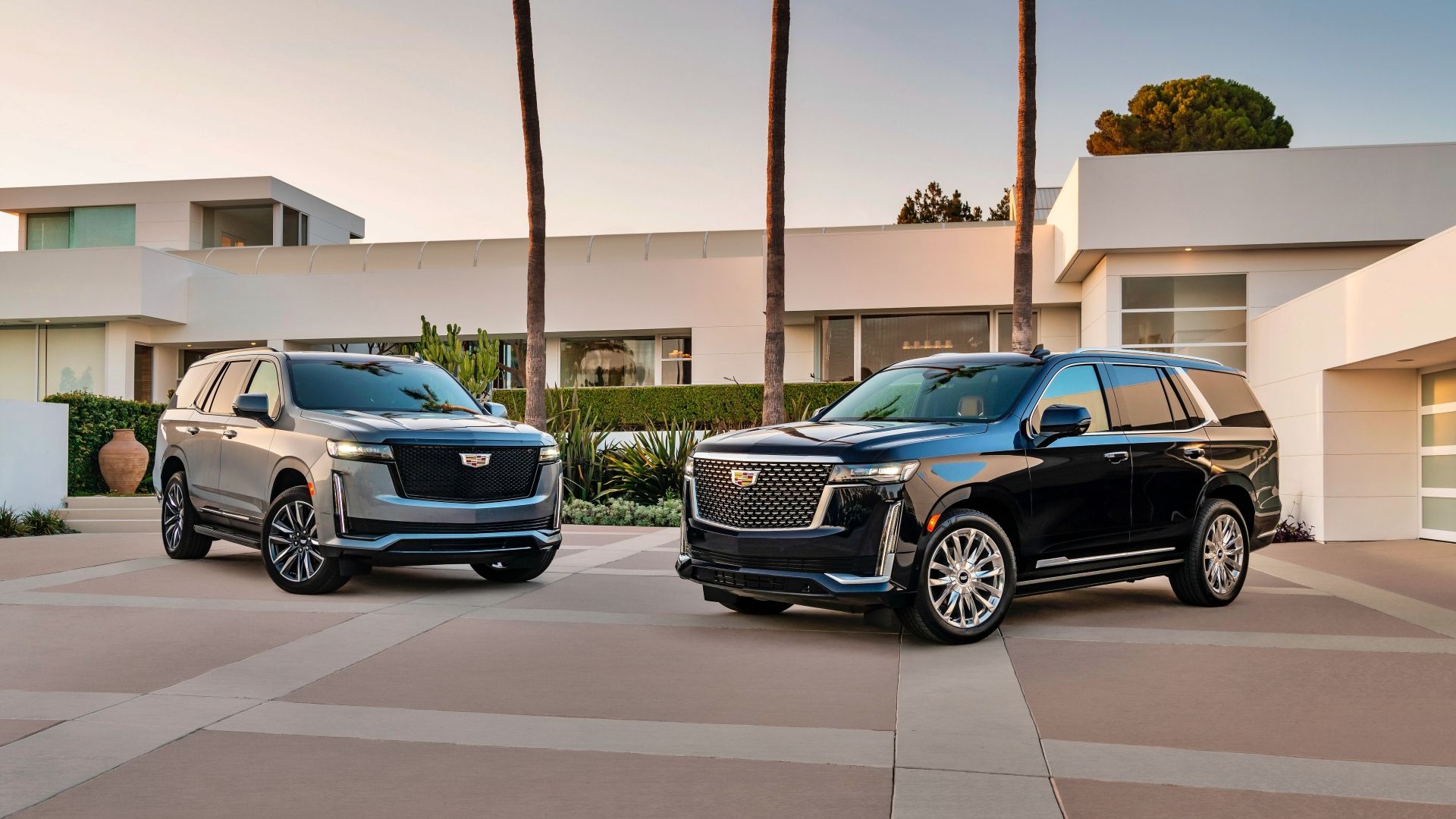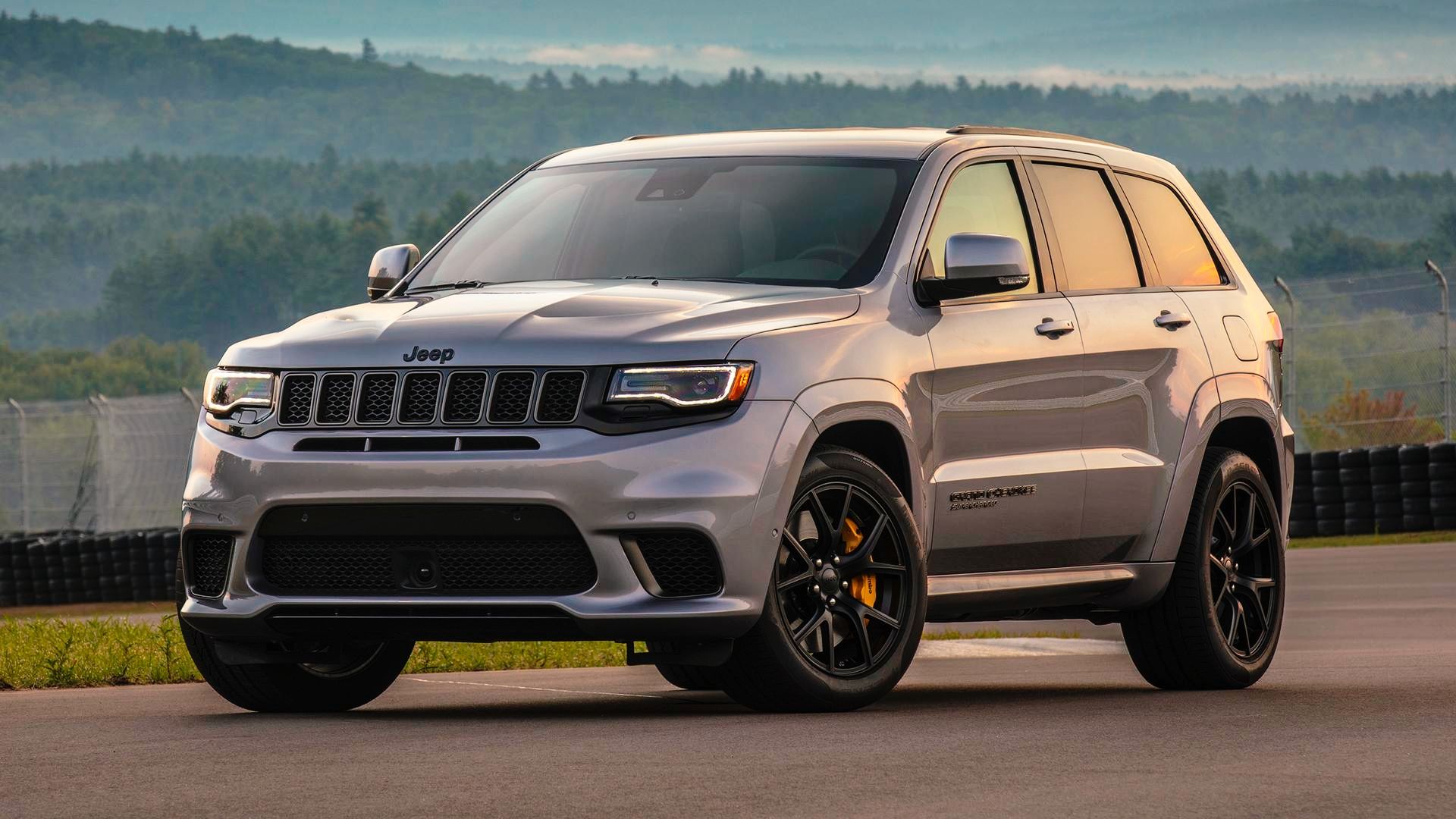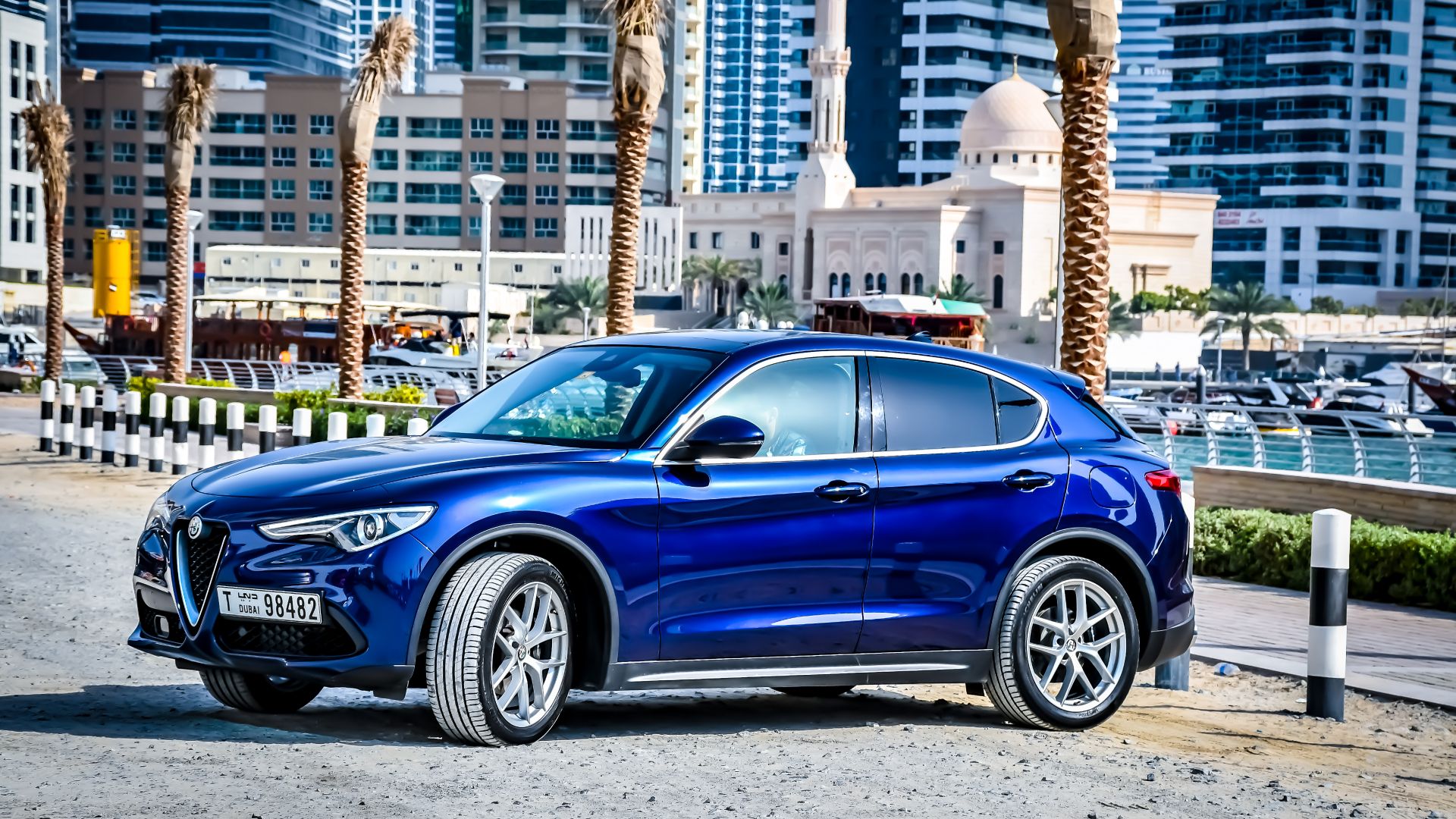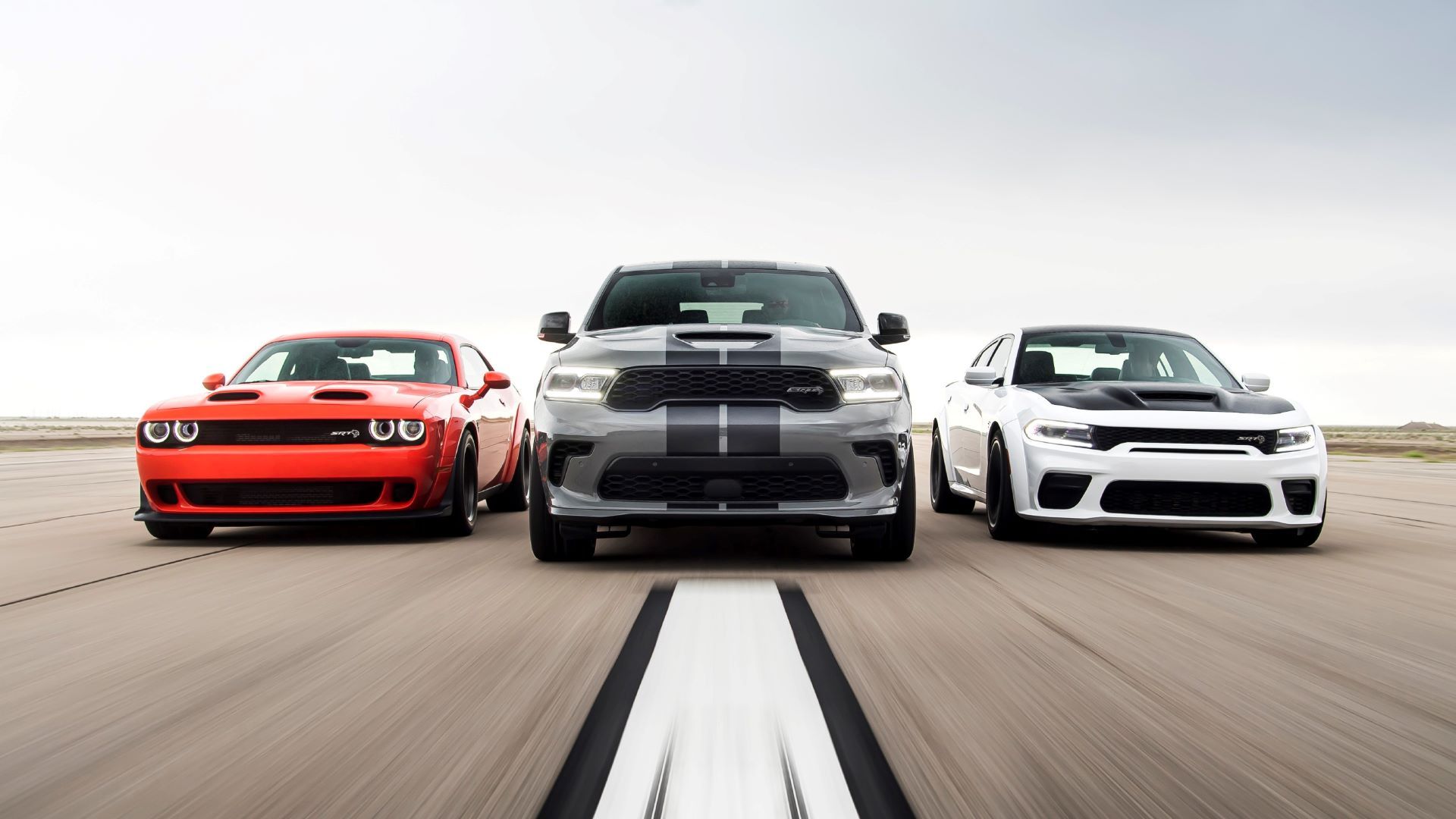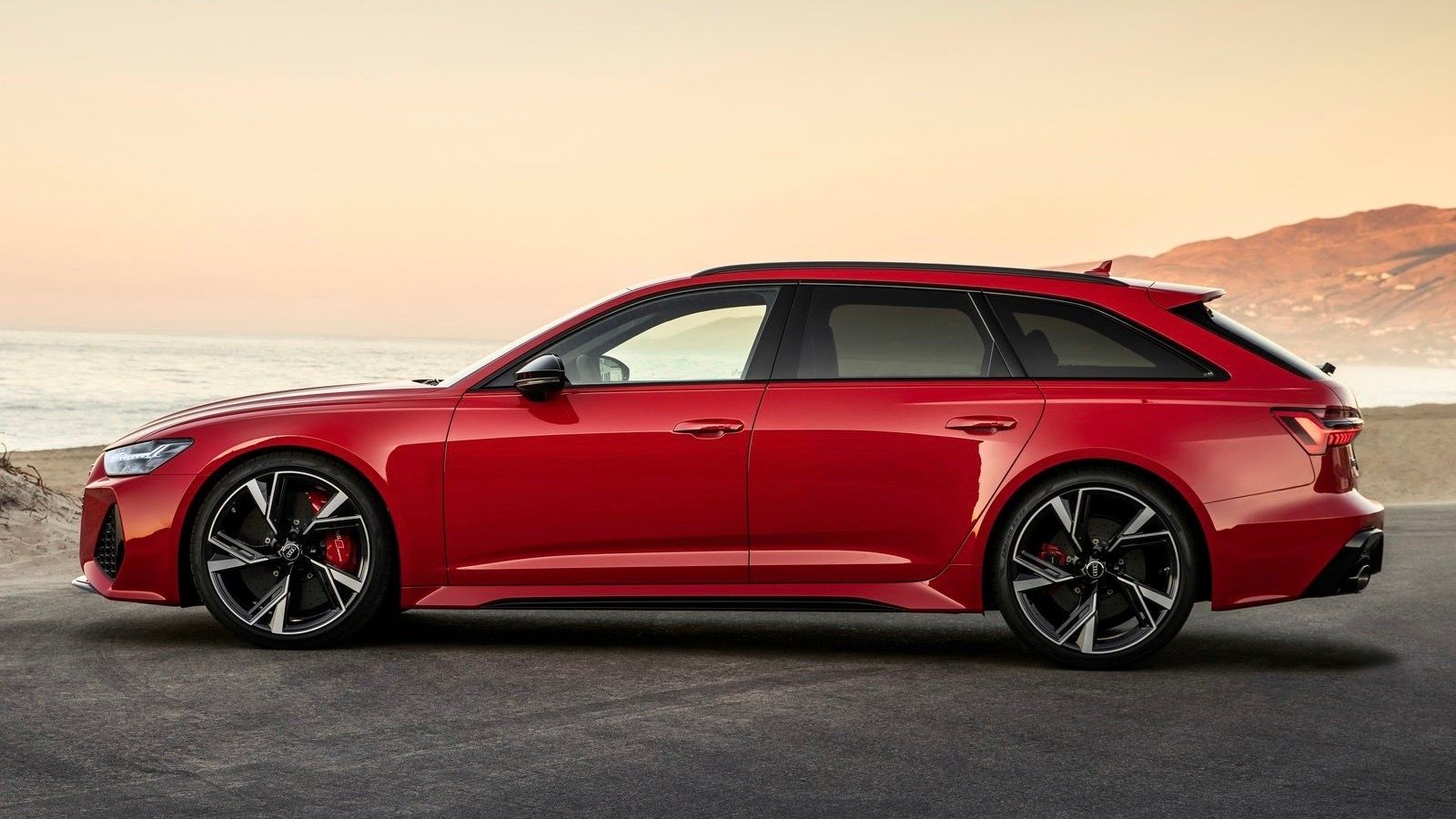It’s safe to say that the SUV craze is still going strong. The trend started in 1997, with the W163 Mercedes ML. Not long after, the likes of BMW, Porsche joined the fray with their own flashy off-roaders. At the time, off-road capabilities were still, very much, among the main highlights in the SUV segment. In fact, many of the early premium offerings in the SUV segment were also capable off-roaders.
Performance SUVs were another thing entirely, as eventually, they traded off-road capabilities entirely for the sake of becoming high-riding sports cars. The Porsche Cayenne Turbo GT for example, comes out of the factory with aggressive, Pirelli P-Zero Corsa tires that have a 35mm sidewall.
It’s clear that while this is one of the fastest SUVs in the world, it won’t be any good off the beaten path. No one could have predicted that performance SUVs will become so popular, but today, even the likes of Ferrari and Lamborghini are making one. While there are many good reasons for why you should consider a fast SUV as your next car, but there are plenty of arguments to the contrary, which we are discussing below.
10 Less Safe Than A Sports Car
The biggest paradox with SUVs is that many people buy them for the safety they provide. In truth, there are many ways in which these popular high-riding vehicles are, in fact, less safe than even a sports car. Part of that comes from the high center of gravity, which naturally, translates into less lateral stability. This means that even performance SUVs that come with firmer suspension are a lot easier to roll over in an accident or, in some cases, even just a sudden change in direction.
That inherent high center of gravity also means that SUVs aren’t good at transferring their weight smoothly, unlike cars. While sophisticated safety systems do their job, most of the time, even fast SUVs aren’t capable of mimicking the driving characteristics of a proper-performance vehicle.
9 Less Fuel-efficient Than Performance Cars
By default, SUVs have a higher status than a regular car. Typically, this means worse aerodynamics, which means the vehicle struggles more to “cut” through the air when moving. Naturally, this translates into SUVs being less fuel-efficient. The best examples can be seen in performance SUVs that share platforms with light vehicles.
https://www.topspeed.com/cars/car-news/the-alfa-romeo-giulia-and-stelvio-are-more-similar-than-you-think/A case in point is the Alfa Romeo Stelvio, which shares a platform with the Giulia sedan. Both vehicles share the same drivetrains and if we take a look at the 280-horsepower version of both, we see that the sleeker Giulia manages a fuel economy of 30.5 Mpg combined versus the Stelvio SUV’s 28 Mpg. Ground clearance, which even in performance SUVs tends to be more than in normal cars, is another aspect that affects aerodynamics. The Stelvio has a drag coefficient of 0.32 Cd versus the Giulia sedan’s 0.28 Cd.
8 Too Heavy
Nowadays, it’s increasingly difficult to find a lightweight performance vehicle. Every new model seems to be more complex and loaded with advanced new tech. While all this is done in the name of safety, it takes away from driver engagement and makes cars too dependent on electronics. This is even truer for SUVs. Even the fastest SUVs you can buy are too heavy to ever hope to compete with a proper performance car.
The Porsche Cayenne Coupe Turbo E-Hybrid is currently the most powerful performance SUV with hybrid tech on board. But between all the tech, all-wheel-drive, and the hybrid powertrain, you are looking at a curb weight of 5,589 pounds (2,535 kg). To put things in perspective, an identically-equipped Panamera tips the scales at 5,181 pounds (2,350 kg), which is also a heavyweight figure.
7 More Difficult To Position On The Road
Even the fastest SUVs are not sports cars. When you combine their larger size with complex adaptive suspension and enormous wheels, you sometimes get less-than-ideal driving characteristics. The sheer size, alone, makes SUVs more difficult to position on all, but the widest of roads. Performance SUVs also allow for a low seating position, in an attempt to mimic a sports car.
The problem with a low driving position is that it only works well when in a low-slung car, not in a high-riding SUV. Combine this with an interior, shaped like a cockpit, and you can see how properly positioning an SUV on the road, can be trickier than expected. This is especially true when navigating through narrow streets with other vehicles parked on the side, as sometimes drivers get a little too close to stationary objects, potentially, resulting in accidents.
6 Visibility problems
This partially overlaps with the previous paragraph. While the higher seating position and many windows improve visibility, they also make it worse. This is especially true for those performance SUVs that feature a boxy body style. The sharp angle that separates the hood from the front apron can oftentimes hide smaller objects or kids that may jump out on the road, in-between parked vehicles for example.
Think of it in the same way as when a vehicle overtakes a cab-over semi-truck and immediately gets in front of it. A good example of that can be the Jeep Grand Cherokee Trackhawk, which packs a Hellcat V-8 and is considered the fastest affordable SUV.
5 More Difficult To Drive Fast
Some modern-day performance SUVs are able to give a supercar a run for their money, especially when it comes to 0 to 60 mph (97 km/h) acceleration times. The 2022 Porsche Cayenne Turbo GT for example manages a 0 to 60 mph time of 3.1 seconds and a top speed of 186 mph (300 km/h). To put things in perspective, the similarly powerful and much lighter Porsche Carrera GT does the 0 to 60 mph sprint in 3.4 seconds.
However, due to the higher center of gravity, worse aerodynamics, and more weight, SUVs are less compliant at higher speeds, not to mention they struggle more with acceleration after 100 mph (161 km/h). Things get worse when you attempt to change direction at higher speeds, as SUVs lack the composure of a regular-performance car. So, if you want to take your Mercedes AMG G63 on a spirited drive through a mountain road, there’s something to keep in mind.
4 Lack Of Off-Road Capabilities
It goes without saying that even performance SUVs have more off-road capabilities than an equivalent performance car. With that said, most modern SUVs, performance or not, are a pale imitation of their rugged forbearers, which have no trouble venturing off for a rigorous session of mud-crawling, water-crossing, or other hardcore off-road activity. Modern SUVs are simply too sporty and too focus for on-road use to boast any significant off-road credentials.
Most of the few that actually do are too sophisticated for it. You’d think twice before taking your 2023 Land Rover Defender to take on rocky terrain with its 21-inch alloy wheels. Some performance SUVs are even based on regular cars. Again, we think of the Alfa Romeo Stelvio which is essentially, a high-riding Giulia with a hatchback tailgate. Sadly, it has similar off-road capabilities.
3 You Don’t Always Get More Car For The Money
SUVs are, generally, more expensive than regular cars. You get more car for the money, but you also pay more. However, that’s not always the case and there are many exceptions. VW currently offers a compact, urban SUV, called the Taigo. It’s based on the Polo chassis and yet costs as much as a VW Golf – the best-selling hatchback in the world.
There are no off-road capabilities to speak of and the Taigo interior is even smaller and less practical than that of the Golf’s. The Alfa Romeo Stelvio and Giulia technological twins are an even better example. The Stelvio is on average, five percent more expensive while offering worse fuel economy, worse performance, and not a lot more in terms of practicality.
2 Less Performance Than A Similarly-powered Car
With car manufacturers putting the same engine in a variety of models, it’s clear to see where a specific powertrain performs the best. Chrysler’s Hellcat V-8 engine is put to use in a wide variety of wild MOPARS, with Dodge Challenger and Charger being the most notable models. With 717 horsepower and 650 pound-feet (881 Nm), both manage 11.4 seconds at the quarter-mile, which is 0.3 seconds quicker than the Jeep Trackhawk, powered by the same supercharged V-8.
Granted, the Trackhawk’s all-wheel-drive system means it’s more consistent, but the 12 mph (19 km/h) trap speed difference in favor of the Challenger speaks of the aerodynamic advantage of cars versus SUVs. Both cars aren’t model examples for handling, but evne a boat like the Challenger is marginally better with a lateral acceleration of 0.94 g versus the Trackhawk’s 0.9.
1 Fast Station Wagons
Despite all that we’ve said so far, t’s clear that performance SUVs provide a level of versatility most performance cars aren’t capable of. But if it’s practicality you want, why not go for station wagons? Most American buyers seem to be overlooking them, but there are plenty of fast wagons, capable of near-supercar performance, not just in a straight line, but also in the bends.
Even EV models have warmed up to that market niche and Porsche has more than one, in the form of the Panamera and Taycan Sport Turismo models. Then we have more established players like the Audi RS6 Avant, BMW M3 Touring, and Mercedes AMG E63 T, to name a few. The beauty of fast station wagons is that they boast the practicality of an SUV with none of the drawbacks.

